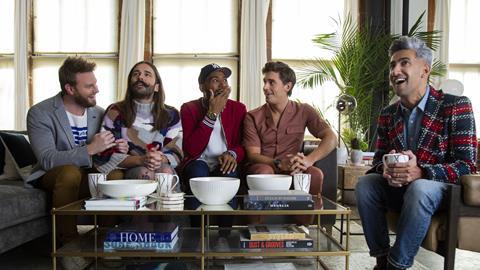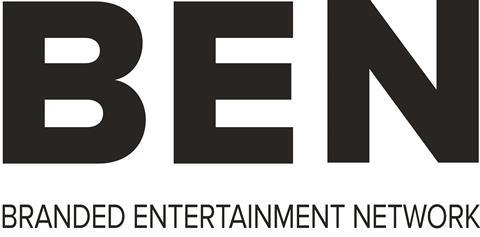 Sponsored content
Sponsored content
BEN has more than 40 years of experience successfully integrating brands into films and TV shows. Caressa Douglas, senior vice-president, global strategic partnerships, reveals the do’s and don’ts
Queer Eye has found success by subtly working with brands but, in general, should programme-makers encourage talent to promote brands in their shows?
Many non-fiction programmes use brands to help bring episodes and stories to life. The objective of Queer Eye is to tell relatable stories. Each episode focuses on providing a candidate with solutions to improve their life. These come in the form of fashion retailers, gyms and lifestyle tips, so it is essential to the story to lean into real-life brands.
What does best practice look like?
The best guiding principle is to keep the audience experience in mind. When producers stay true to their stories and brands keep honest to their brand guidelines, and they agree how the brand is used, the audience experience is never compromised. We call it our ‘consensus triangle’.
If either side compromises their principles, it will be obvious and both parties can, and should, walk away.
How can brand integration help establish a programme’s vocabulary, look and tone?

This is most evident in feature films or dramas. Period scripts rely on brands to establish time periods, through wardrobe, vehicles, props, set decorating and verbal references to cultural moments at that particular time.
Most recently, Stranger Things brilliantly featured ‘New Coke’ in the third series. The Duffer Brothers incorporated Coca-Cola’s controversial move to launch the new drink to the big debate in the US in 1985: ‘New Coke’ vs ‘Old Coke’. This is a terrific example of creative driving the story.
How can a brand influence a programme’s story?
A brand should enhance a story, not overtake it. It can be a solution to a problem such as technology or transportation, and it can deliver character rendering from a costume designer, like the fashion brands in Crazy Rich Asians or Sex In The City.
What constitutes bad practice and how does it do damage?
Every bad brand integration is a result of short-sightedness from brands or their agencies, meaning they only see the script as a means to insert commercial messages, and not as a privilege.
Are producers and broadcasters willing to work with brands on content?
Yes, they are. At BEN, we are story-centric. For 40-plus years, we’ve supported the creative, so the entertainment community trusts us and our brand solutions. We are the exclusive partners of the Producers Guild of America as a result of our sterling reputation.
Globally, producers, directors, talent, distributors and platforms work with us and our brands, and the evidence of success is hundreds of successful films and TV series that authentically incorporate products.
What can you say to those who are unsure about the benefits, and the optics, associated with brands appearing in content?
Studies show audiences prefer to see true-life products in programmes. Those same studies also show a void of brands is disruptive to the watching experience.
Brands can also help with off-setting budgets and in co-marketing effort and there’s no risk to scripts, as ‘no’ is a perfectly acceptable answer. It’s worth noting ‘branded content’ is different from ‘brands in content’, which means working with creators and existing IP.
Branded content is brands or advertisers creating long-form stories focused on, or funded by, that advertiser or brand.
Without regulation on SVoDs, how do we know where the line is?
The writers and producers are the line. The streaming platforms don’t rely on advertising money, and therefore don’t need to push brands or integrations onto their writers. Their story-centric approach is a significant driver of the success.
What are the red flags when it comes to brands?
For us, it’s when a brand wants to be heavy-handed with its messaging in a script. We will try to educate them that the optimal result for them is through collaboration and respect of the creative process. Usually writers craft moments involving a brand far better than we can.
Caressa will be chairing BEN’s Breakout Talk: Casting Partners, Not Brands at the Edinburgh Television Festival, on Thursday 22nd August at 2.05pm, in The Tinto
Tom Bradby on Danny Dyer’s The Wall gameshow for BBC1: “It looks like if Clint Eastwood did quiz shows”



























